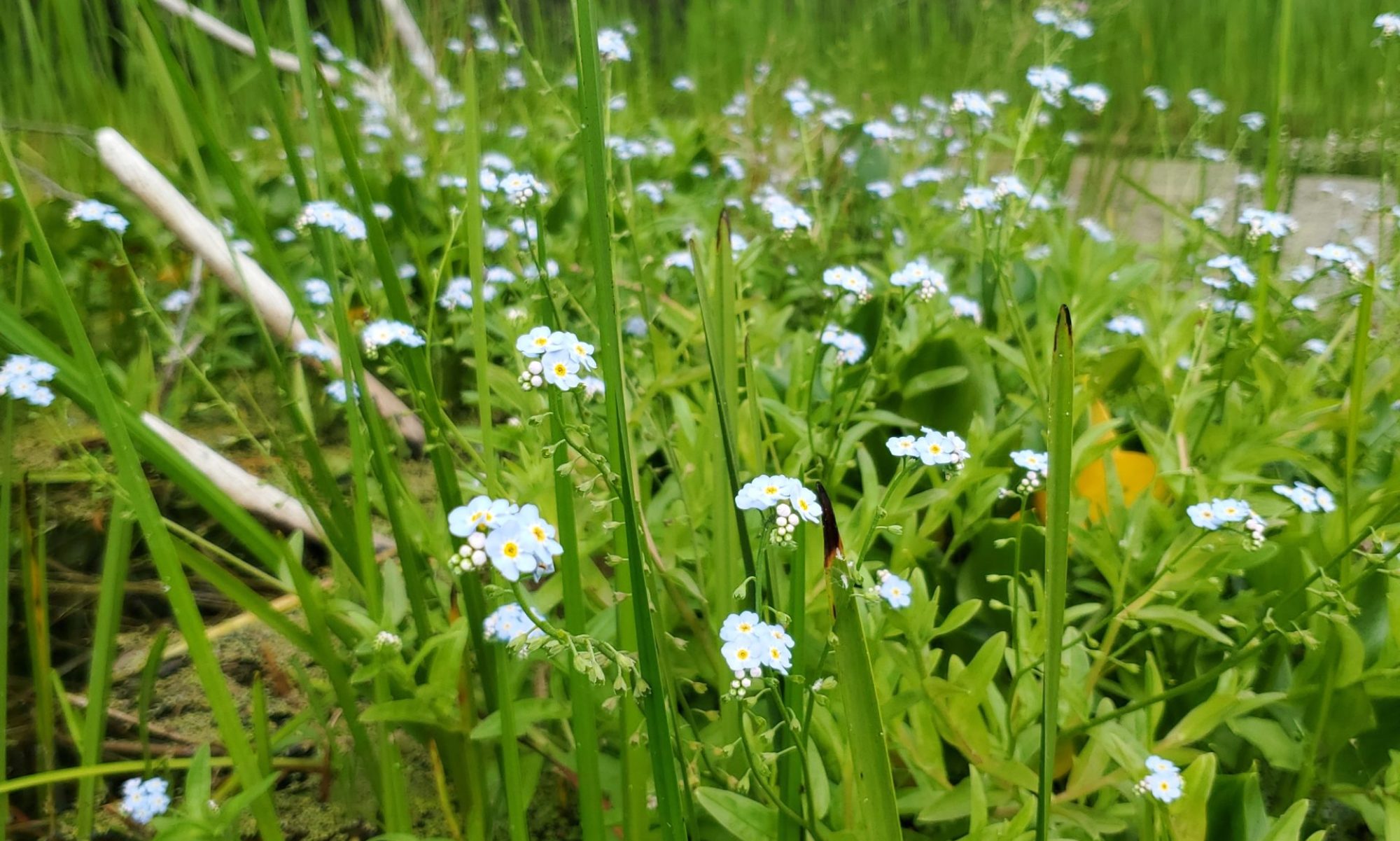The study of curriculum and assessment is an interesting one because while the act of studying and implementing it is new to teacher candidates, we have been surrounded by it throughout the entirety of our educations. It is like studying the air we breathe or the earth we stand on, it is something we take for granted because it is simply always there but we do not take the time to appreciate how it got there. Like the environment around us curriculum and assessment are always evolving, moving in such ways to shape the educational experience and to better support our students and their learning. So, now here we are as teacher candidates, standing on the other side of the fence, a side that we always knew was there but weren’t able to appreciate just how green the grass could be.
Curriculum to me (prior to becoming a teacher candidate) was simply a structure that dictated what and how students learned. I truly believed that my teachers were using textbooks and worksheets 20 years old to teach the same content with the same methods year after year. Which, to a certain extent, they were (with BC’s previous curriculum). However, it is really important now that I alter the framework of my thinking to allow the evolution of curriculum and assessment into my own teaching practices. This evolution, as is made evident in BC’s newest version of curriculum, allows for educators to be creative with their teaching and encourages them to also be searching for opportunities to expand their own learning. When I think back to my learning in my K-12 years I can honestly say that nothing particular stands out. Now, this has me asking myself why I was not more influenced, and since learning more about BC’s old version of the curriculum I wonder if it is because it was all already laid out for the teachers without room for them to show their creativity. My previous teachers were not able to express their teaching in such a way that it became passionate for them and therefore my retention of the information was slim.
In my learning about curriculum and assessment I have also found that the rules and expectations around assessment were much different during the time of the older curriculum as well. While the act of teaching and learning disallowed for creativity so did the role of assessment. Therefore we experienced more of the graded assessments where students were valued on how many A’s or 4’s they got on their report cards versus how they felt about their learning and what was actually retained. Because while I feel that my retention throughout K-12 was low, my grades reflected otherwise and placed me in a headspace where anything less than Honour Roll was devastating to my own confidence and self-worth. I truly based my understanding of my own learning in the grades that I got at the end of each assignment or chapter as opposed to thinking about what I actually learned.
Assessment itself is a strong tool that can greatly affect a students own confidence and feelings of self worth. Daniel Pink covers the effects on motivation that can greatly relate to assessment in his TedTalk “The Puzzle of Motivation” by explaining that if somebody is doing something just for the sake of doing it, whether they enjoy it or not, they will almost always perform better than somebody who is doing it for a profit (or grades in the sense of education). We ultimately want our students to excel at their school work, and with excellence with eventually come positive grades during a summative assessment that will encourage and prove to students that they are on the right path, however, the path does not need to have 30 pit stops along the way to grade them on their progress. If we are all taking the same hiking trail, for example, it may take us all different amounts of time or alternative routes to get to points A, B, and C, but really if the only goal is to make it to the lookout (analogy for learning intention) then why are we judging students on how they did it? If we tell a hiker that they took the wrong route to point A and give them a poor assessment, how motivated will they be to make it to the lookout? And once they do access the lookout, how will they think back on their experience of getting there?
Ultimately, if we change the way we are assessing our students it can directly correlate with how we will be able to teach the curriculum. If educators no longer have checklists and 1000 learning goals pinpointing one specific way to teach their students something, then we should no longer be grading them on those 1000 learning goals either and should instead be using the opportunity to allow students to grow into the Big Idea at their own pace and with their own route.
We can all meet at the lookout and share the view from the top together.
